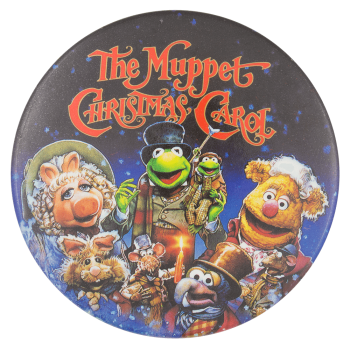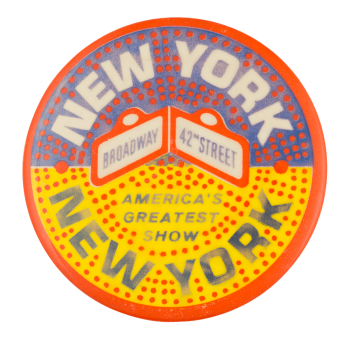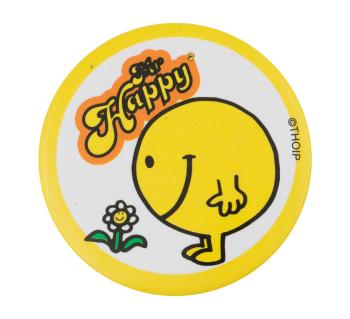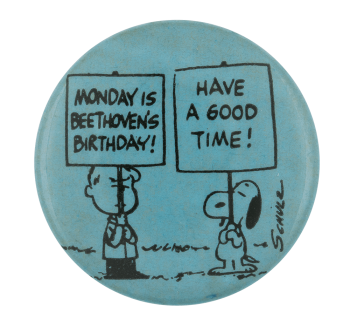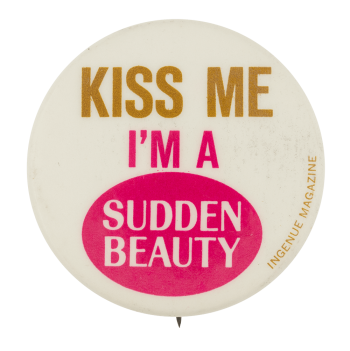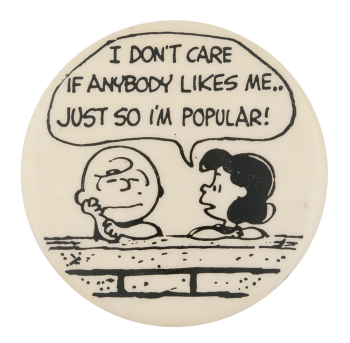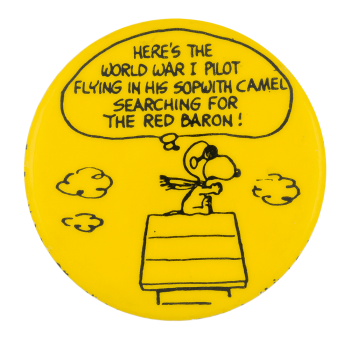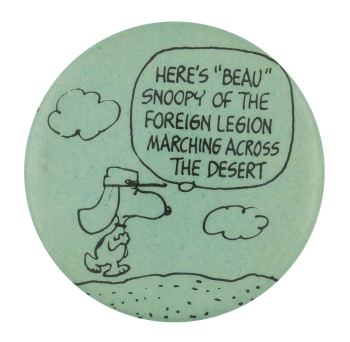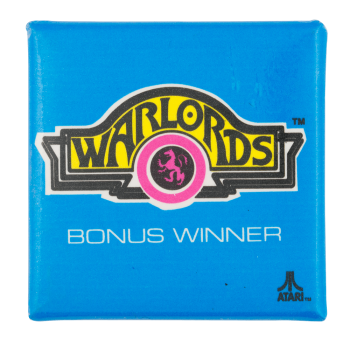The Muppet Christmas Carol
| Category | |
|---|---|
| Additional Images | |
| Sub Categories | |
| Text on Button | The Muppet Christmas Carol |
| Image Description | Red text over illustrations of the Muppets on a blue background |
| Curl Text | ©1992 JIM HENSON PRODUCTIONS INC |
| Back Style | |
| The Shape | |
| The Size | |
| Year / Decade Made | |
| Additional Information | The Muppet Christmas Carol is a 1992 fantasy musical comedy-drama film distributed by Walt Disney Pictures and produced by Jim Henson Productions. Based on Charles Dickens’ novella “A Christmas Carol”, The Muppet Christmas Carol features both human actors and Muppets in the film’s starring roles, including Michael Caine as Ebenezer Scrooge, Kermit the Frog as Bob Cratchit, Miss Piggy as Emily Cratchit, Fozzie Bear as Fozziwig, and Gonzo providing the story’s narration as Charles Dickens. Dickens’ story has continuously been in print since its first publication in 1834 and more than forty adaptations of “A Christmas Carol” have been developed for television and theatrical film over the years. The Muppet Christmas Carol is actually considered to be one of the more faithful adaptations of "A Christmas Story" as many of the lines used in the film are taken directly from Dickens' novella. |
| Catalog ID | EN0518 |

